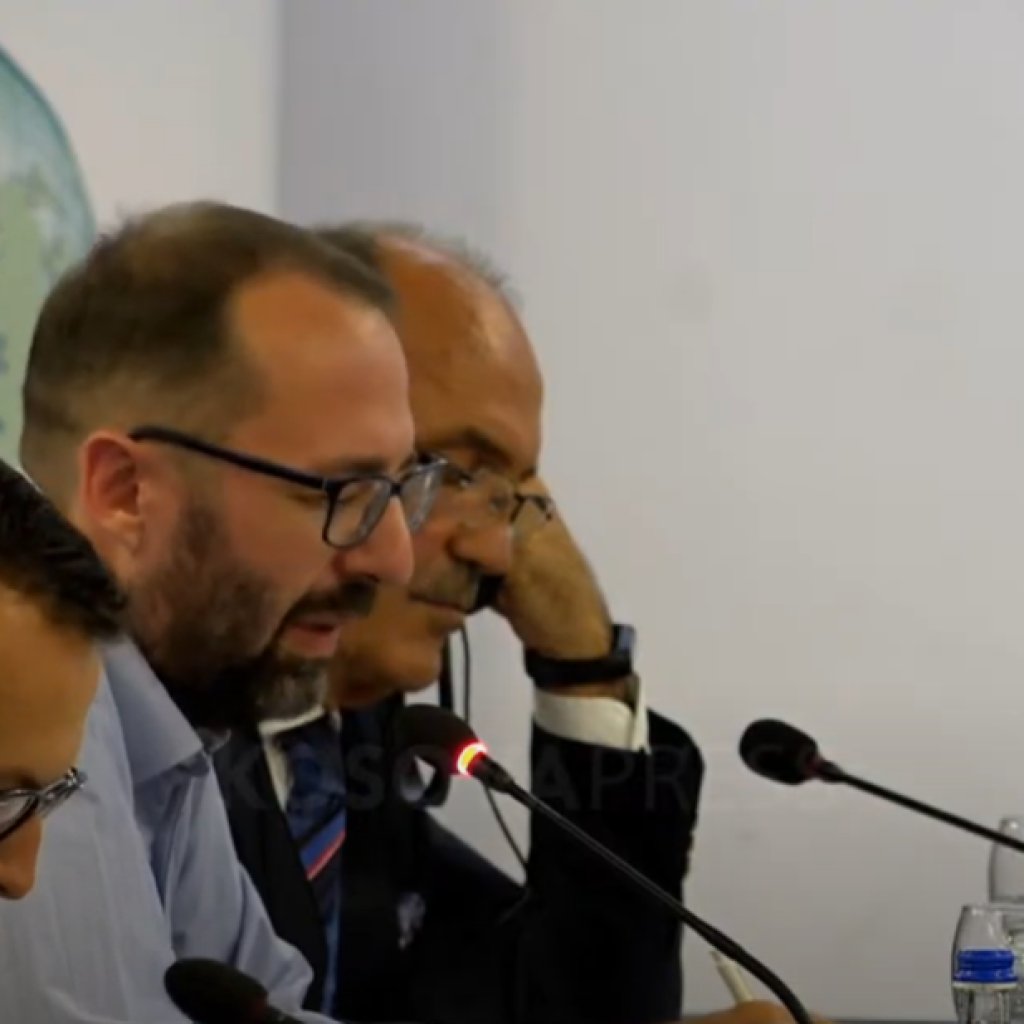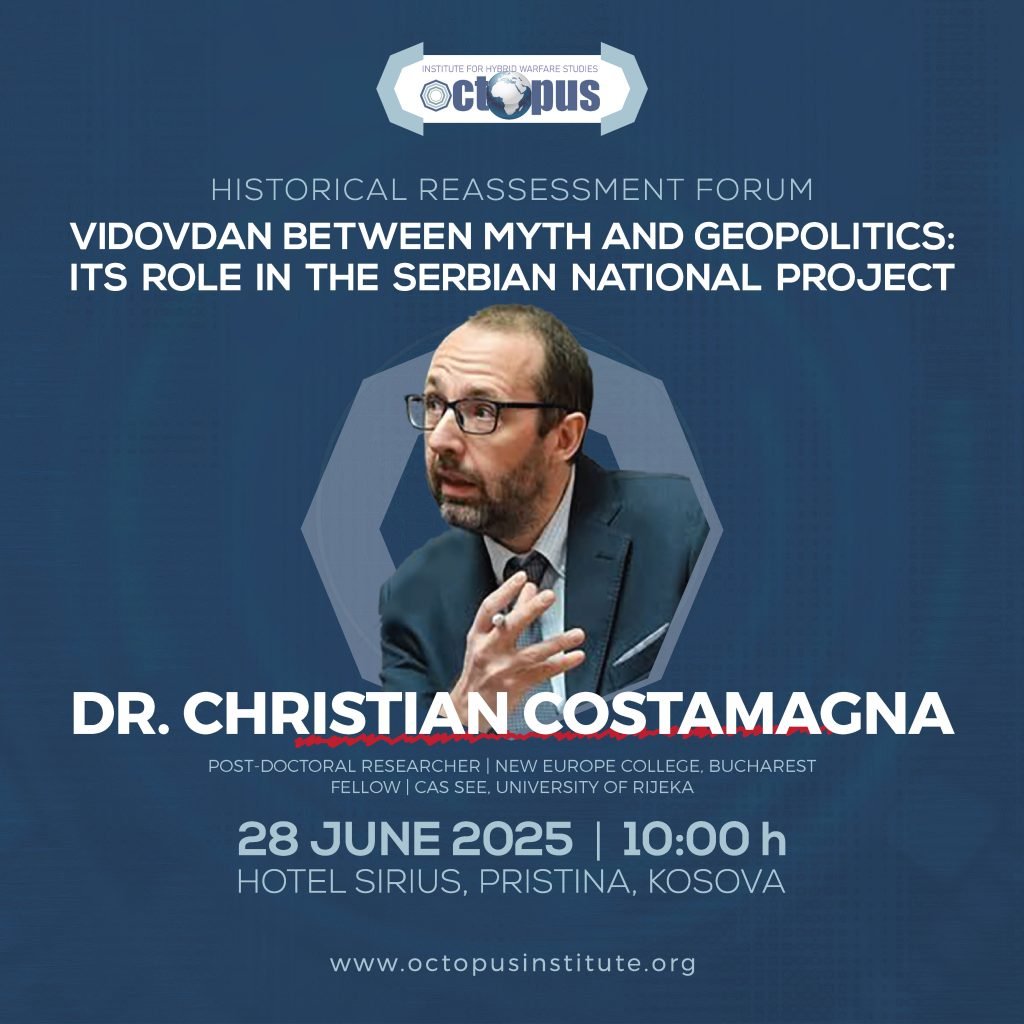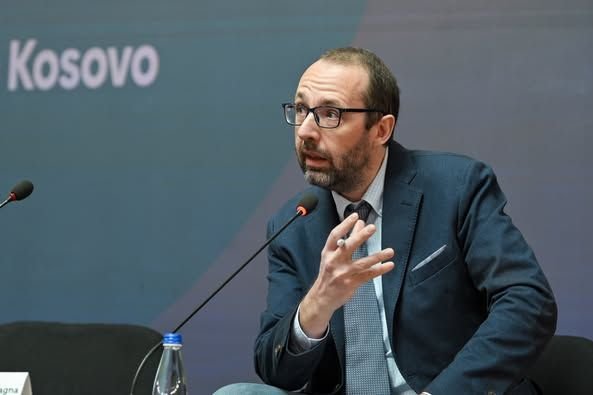Dr. Christian Costamagna
University of Rijeka, Center for Advanced Studies Southeast Europe
The myth of Vidovdan offers a compelling point of reflection, but it is important to recognize that this symbolic day within the construction of Serbian identity has been employed in highly diverse and often irreconcilable ways. Consider, for example, the assassination of Archduke Franz Ferdinand in Sarajevo on Vidovdan in 1914, Milošević’s Gazimestan speech on 28 June 1989, his extradition to The Hague Tribunal on the same date in 2001, and more recently, the anti-government protests held in Belgrade on 28 June 2025. From a historical perspective, it is revealing to observe how political power has recurrently used the symbol of Vidovdan to generate consent, mobilize the masses, and advance national objectives.
The question of how nationalist rhetoric shaped Serbian political developments during the late socialist and post-socialist period is central to understanding both the trajectory of the Yugoslav dissolution and the Kosovo conflict. Based on findings from my doctoral research (2009–2013), some of which were presented in a chapter published in Debating the End of Yugoslavia (Ashgate, 2014), and on my current investigations into the Kosovo War, which I have been conducting since 2022, I propose a two-fold reflection that may contribute to ongoing debates.

First, it is important to acknowledge that the topic of Serbian nationalism has been extensively explored in the scholarly literature, including by Jasna Dragović-Soso (Saviours of the Nation: Serbia’s Intellectual Opposition and the Revival of Nationalism), Sabrina P. Ramet (The Three Yugoslavias: State-Building and Legitimation, 1918–2005), and Eric D. Gordy (The Culture of Power in Serbia: Nationalism and the Destruction of Alternatives). Although my work is informed by this body of literature, my interpretation is primarily grounded in the empirical findings of my doctoral research, which included over a year of archival work in Belgrade and Ljubljana (2011–2012). Based on that original material, the rise of nationalist discourse in Serbia from 1987 onward can be interpreted not simply as the expression of pre-existing cultural or ethnic grievances, but rather as a strategic tool deployed by the ruling political elite to maintain power. In a broader context of economic stagnation, social unrest, political disillusionment, and the crumbling of Cold War certainties, Serbian leaders found in nationalism a language capable of reactivating emotional attachment and political loyalty among the electorate. National myths such as Vidovdan, once peripheral in the socialist narrative, were rehabilitated and transformed into symbols of collective resistance. This transformation was not spontaneous but orchestrated from within the communist regime itself, notably under Slobodan Milošević, who exploited the Kosovo question to consolidate his leadership. His speeches in 1987 and 1989, including the emblematic address at Gazimestan, are telling examples of this rhetorical reconfiguration. Here, themes of national unity, and existential threat were mobilized to re-legitimize the regime.
The symbolic mobilization of Vidovdan in 1989, the 600th anniversary of the Battle of Kosovo, is particularly telling. It exemplified the capacity of political elites to appropriate and reframe collective memory in order to sustain popular consensus. The discourse of Serbian victimhood, often intertwined with the portrayal of Kosovo Serbs as a threatened minority, became central to the emerging nationalist platform. This platform, however, was not entirely coherent or consistently implemented. Rather, it functioned as a repository of emotionally charged narratives that could be selectively activated depending on political expediency. The popular mobilization supported by Serbia’s political elites followed a cyclical pattern of activation and deactivation across various key moments. For instance, mass mobilization was initiated in 1987 and extended until 1989 during the so-called anti-bureaucratic revolution, which culminated in the suppression of autonomy in the provinces of Vojvodina and Kosovo. In contrast, the protests against the Milošević regime in March 1991 were violently repressed. As an illustrative reference, see Slobodan Antonić, Zarobljena zemlja: Srbija za vlade Slobodana Miloševića (Belgrade, 2002).
The nationalism promoted by Milošević and his supporters in the late 1980s, ostensibly to protect Serbs in Kosovo and defend Serbia’s position within Yugoslavia, ultimately escalated into the Yugoslav wars of the following decade. However, in 1994–1995, when domestic political considerations made peace more desirable, Milošević allowed the so called Republic of Serbian Krajina, with its capital in Knin, to be effectively abandoned. Similarly, during the Dayton negotiations, approximately 20% of Bosnian territory previously controlled by Bosnian Serbs was ceded to the Croat-Muslim Federation.
Yet, as my current research about the Kosovo War (1998-1999) increasingly suggests, it remains difficult to discern a clear and coherent “Serbian national project” during the 1990s. Beyond the surface of rhetorical nationalism, one finds a fragmented and often contradictory policy landscape. Several declassified materials reveal tactical decisions and ad hoc responses rather than a unified ideological agenda. Evidence supporting this interpretation emerges, for instance, in the verbatim transcript of a meeting of the Supreme Defense Council of the Federal Republic of Yugoslavia held in October 1998. In that session, Milošević implied that a few days of NATO bombing would be politically more convenient than directly restoring Kosovo’s autonomy. I recently presented the current state of my research on the Kosovo War, including this aspect, during a series of talks held in Bucharest in March 2025. This episode also reflects the highly opaque nature of Milošević’s decision-making. As I discuss in my chapter “Understanding the End of the Kosovo War” (Contours of Change: A Decade of Transformative Inquiry at CAS SEE, 2024: 40–41), Ambassador Vladislav Jovanović himself recounted learning of the acceptance of the peace plan ending the Kosovo War from the media, a striking indication of a power structure that bypassed institutional channels (Jovanović, Rat koji se mogao izbeći, 2008: 314). This gap between narrative and strategy points to the instrumental nature of nationalism in this context: a flexible discourse adapted to different audiences and moments, more than a fixed program with long-term vision.

These reflections invites a more nuanced understanding of Serbian politics in the late 20th century, moving beyond deterministic readings of nationalism in former Yugoslavia. It also underscores the importance of engaging with newly available archival sources, Serbian and international, to better understand the interplay between ideology, political legitimacy, and security concerns. Greater scholarly attention to these materials could not only refine our historical knowledge but also inform present-day policy discussions in the region. This requires a willingness to confront uncomfortable historical truths and to recognize the contingent, constructed nature of political narratives.
📄 Publication Note
This analysis was presented at the
Forum for Reassessment Historical Narratives
“Vidovdan between Myth and Geopolitics: Its Role in the Serbian National Project”
🗓️ Held on June 28, 2025
🏛️ Organized by the Institute for Hybrid Warfare Studies “OCTOPUS”
📘 Licensing
(CC BY-NC 4.0)
This article is licensed under a Creative Commons Attribution-NonCommercial 4.0 International License.
✅ You may copy, distribute, or reuse parts or the whole of this work non-commercially,
but you must provide proper attribution to the original source:
Institute for Hybrid Warfare Studies “OCTOPUS”, 2025.
⚠️ Failure to credit this source appropriately may result in plagiarism concerns or difficulty locating the original work.

